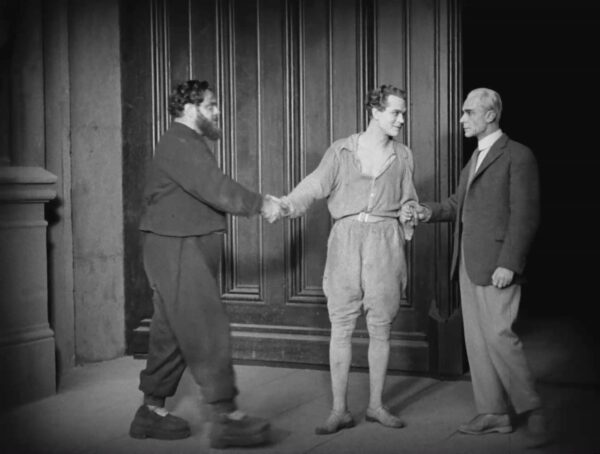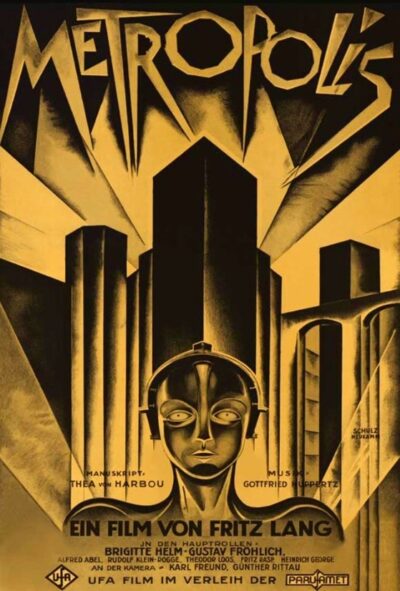[THE CHALK-OUTLINE]
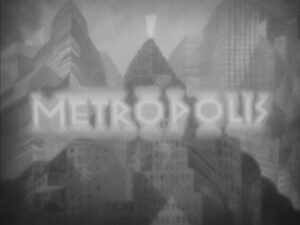
Metropolis (1927): Breakdown by The Hestinator (Brandon)
In the city of the future, tensions between the upper and working classes reach their breaking point, with a “mediator” being predicted to arrive and resolve the conflict.
[THE GOOD, THE BAD, AND THEIR BADASSITUDE]
THE GOOD GUYS:

Gustav Fröhlich as Freder Fredersen
Our touchy-feely hero is Freder Fredersen (what a name!), a young man with a messiah complex and prone to hallucinations. You see, he’s the son of the ruler of the city of Metropolis, Joh Fredersen, and spends his time living the high life at the apex of the city. He watches foot races, frolics in the Eternal Gardens, and beds various women chosen for him by the building’s master of ceremonies. After seeing a mysterious, proletarian woman take a bunch of kids on a field trip to the Eternal Gardens, he sets off on the adventure of a lifetime, to see how the other ninety-nine percent live and maybe trade spaces with one of them.
Freder is hardly the manliest action hero cinema would ever see, but he’s got a big heart and can throw a punch when it matters. While he does duke it out with a couple of people, most of the action scenes require him to run around, rescuing children from an apocalyptic flood and shit like that.

Brigitte Helm as Maria
Maria is the underground (literally) preacher who serves the workers of the Metropolis deep in the catacombs below the city. She’s the woman who Freder witnesses in the Eternal Gardens, but she spends most of her time trying to convince the underclass that a “mediator” will somebody arrive to negotiate with the unsympathetic bosses of Metropolis for better working/living conditions, wages, and hours. How long will the workers remain patient and heed her advice? She tends to clutch his breasts when surprised.
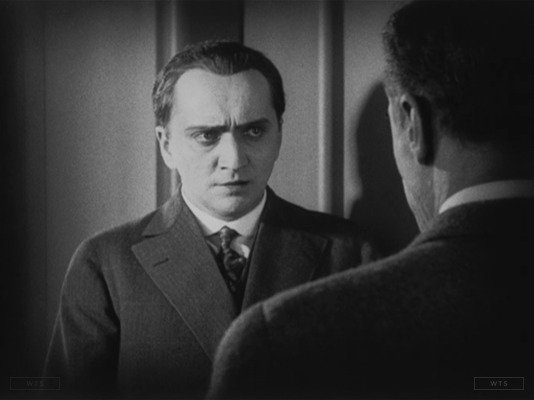
Theodor Loos as Josaphat
Josaphat is the right-hand-man of Joh Fredersen, the dictator of Metropolis, and a good friend (lover?) of Freder. After making one too many missteps, Joh Fredersen fires his ass and he contemplates suicide, before being stopped by Freder who tells Josaphat to come live with him. To be blunt, this movie isn’t Josaphat’s story, but he’s an able sidekick. He helps locate the escape route during the Biblical flood of the workers’ underground city and refuses to betray his homies.

Erwin Biswanger as Georgy (Worker #11811)
Georgy slaves away all day at a machine where he points arrows at light bulbs or something. One day, Freder shows up and decides to swap lives with him. This guy would rather party at the Yoshiwara district of Metropolis than listen to Freder’s orders. Still, he just might prove to be more loyal than he appears at first glance…

Heinrich George as Grot
Normally, I wouldn’t bring up the superstitious, wrench-wielding leader of Metropolis’ workers, but his dance moves are lit, and I love the way he shoves his hands down the front of his pants when he’s anxious. That’s all you need to know about him for now.
THE BAD GUYS:

Rudolf Klein-Rogge as Rotwang
The unfortunately-named Rotwang is the resident mad scientist of Metropolis and a secret advisor to Joh Federsen. He’s been lusting after Joh’s dead wife, Hel, and even constructed a robot, the Machine-Man, that can take the form and appearance of unwilling test subjects, in order to replicate Hel. His mechanical hand and laboratory have been referenced in pop culture. It is unclear which venereal diseases Rotwang suffers from.

Alfred Abel as Joh Fredersen
As I’ve said twice before, Joh is the ruler of Metropolis, which he lords over like an Old Testament god. He’s the humorless father of Freder Fredersen and is desperately seeking a way to sow discord among the workers of the city, who may be plotting against him. What could go wrong?

Brigitte Helm as False Maria/the Machine-Man
Rotwang’s robot, the Machine-Man (okay, it looks more like the “the Machine-Woman,” but I’m just going by what the film says), eventually takes the form of Maria after the mad scientist kidnaps her. This mechanical being is a rowdy, party-loving, demagogic, burlesque-dancing animal. Brigitte Helm’s dual performance as the real Maria and the fake one is nothing short of brilliant. It ranks up there with Max Schreck in Nosferatu: A Symphony of Horror (1922), Lon Chaney in The Penalty (1920), and Conrad Veidt in The Man Who Laughs (1928) as one of the best performances of the silent era.
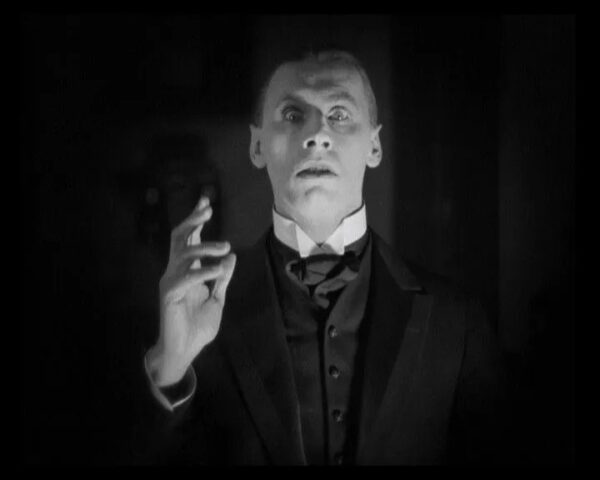
Fritz Rasp as The Thin Man
The Thin Man is the personal spy of Joh Fredersen and is tasked with keeping an eye on Freder after he expresses interest in the plight of the workers of the city. He’s really not such a bad dude, but we’re going to put him the villains’ section for now.
[THE SEX AND VIOLENCE]
DUDESWEAT AND MACHISMO:

Freder loves people…a lot. The backstory seems to be that he spends most of his free time with loose ladies, but I think he’s got the hots for Josaphat and Georgy. I’m going to assume body language and personal space has changed a lot since the 1920s, because he’s always up in their business, trying to kiss them or something. Also, Grot sticks his hands down the front of his pants when he has to negotiate with Freder’s dad at the end. Enjoying yourself?
EXPLOITATION AND MISOGYNY:

This flick is from the 1920s, so its attitudes towards women isn’t always progressive. With the notable exception of the real Maria, they exist to be gawked at in the Yoshiwara district or slept with in the Eternal Gardens. Some of the clothes they wear can be really revealing for such an old movie. I suppose some critics might lambast the picture for having a dichotomous “Madonnas or Whores” attitude towards females.
MURDER BY NUMBERS: [ >4 ]
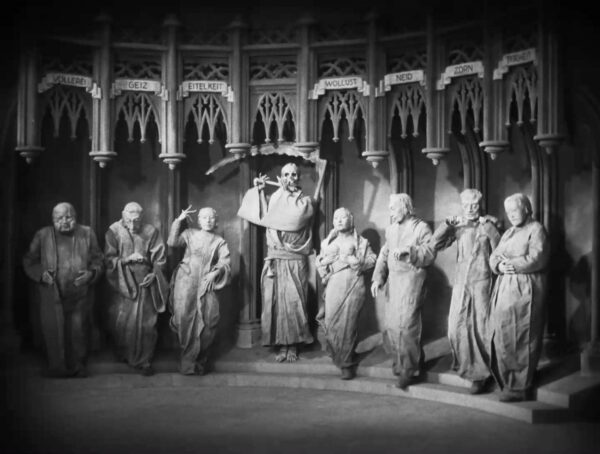
A bunch of workers are fed to a Moloch idol during one of Freder’s numerous hallucinations, but I, sure as Hell, ain’t counting all of them. Too much work. There are four other confirmed deaths in the movie. A man fighting with another guy over False Maria gets shot, someone is stabbed in the chest, a “witch” is burned at the stake (revealing her true form), and another character falls to their doom from a great height. Okay, Metropolis doesn’t exactly have highest body count in cinema history, but it’s not about the slaughter. The violence that is in the film is very tame, with the only blood that I saw being some on Grot’s forehead after he gets knocked out by an angry mob.
MOST SATISFYING ASS-KICKING AND/OR DEATH:
The cathedral-top fist fight at the end contains the best ass-whooping in the production. Rotwang’s lost his damn mind and thinks that the real Maria is Hel and is trying to abduct her when our hero Freder intervenes. The choreography may not be groundbreaking, but it appears that director Tim Burton felt the need to reference it in the finale to his Batman (1989). Another notable death is the poor bastard who brought fists to a gunfight.
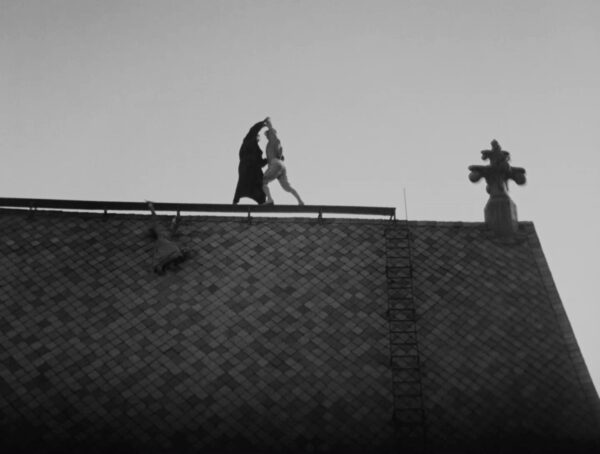
[THE BEST OF THE REST]
EPIC MOMENT:
It’s tempting to choose any of the movie’s glimpses at the larger city of Metropolis, but I’ll opt for something a little different. In what might be the film’s centerpiece action sequence, revolting workers trash the Heart Machine, which – I dunno – controls the water levels? This results in a flood in the workers’ subterranean city, which is populated by only the left-behind children of the rebelling working class. Who will save them? This is a genuinely suspenseful part of the picture, with some impressive special effects related to the destruction of the underground metropolis and it offers our protagonists a chance to do something truly heroic.
BEST LINE:
Related to the sequence mentioned above, the old tyrant Joh Fredersen starts to turn over a new leaf when he learns that his son, Freder, may have joined the insurgents as matters begin to spiral out of control and workers’ city begins to flood.
Joh Fredersen: “I must know! Where is my son?!!!”*
The Thin Man: “Tomorrow, thousands will ask in fury and desperation: Joh Fredersen, where is my son-!”
Wham!
*Yes, there are three exclamation points at this part in the intertitles.
[THE EXECUTION]
Metropolis is an ultra-melodramatic silent film that probably shouldn’t hold up as well as it does. I’m millions of miles away from being an expert on William Shakespeare, but if he tripped balls on acid and wrote science-fiction, I reckon the result would look something like this. It’s a bizarre movie that still can be considered one of the best motion pictures of all time. It’s a ten-outta-ten work of madness that will probably continue to entrance audiences for decades to come.
What makes Metropolis so weird? It liberally uses religious and quasi-religious imagery, from the Tower of Babel to the inverted pentagram by the Machine-Man, to build the work up as some sort of modern-day fable. It’s bananas, going off in every direction all at once. The politics could be described as naïve, since the work, more or less, says that an exploited underclass should wait for a knightly “mediator” to arrive to help them explain their grievances to the powers that be (who will, of course, listen). The director of Metropolis, Fritz Lang, practically disowned the film, something I find disappointing.

This movie may not make too sense if examined under a microscope, but that’s missing the point. This brilliant work of German Expressionism paints in very broad strokes, and, if you can get behind that, you’ll be rewarded in spades. This flick is a visual and sonic feast. This may be a silent film, but, thanks to its visuals and musical score, it’s loud as Hell. The innovative cinematography is done by the iconic Karl Freund, who stuns the viewer. The original musical score, from Gottfried Huppertz, is one of the very best in the history of the medium. It never misses a beat, being vigorous, tender, and majestic when appropriate.
Metropolis falls into the German Expressionist movement that dominated the cinema of the Weimar Republic (the nickname for democratic Germany between the end of World War I in 1918 and the beginning of the Nazis’ reign of terror in 1933). It’s not as pronounced as it is in The Cabinet of Dr. Caligari (1920), but it’s there. The glorious art deco architecture of the city is fused with gothic and expressionistic elements to create some overwhelming spectacle. The acting may bewilder some modern audiences, considering how ludicrously over-the-top and hammy it is. However, that’s all part of the fun, and I find it beautiful and breathtaking.
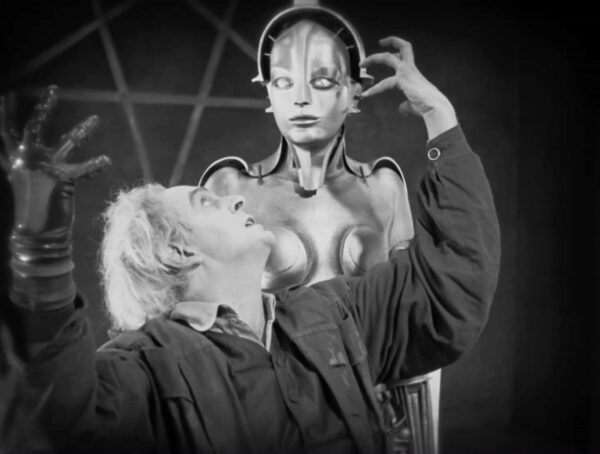
The most common version of Metropolis these days is the so-called “Complete” cut, which contains a re-recording of the original Huppertz score runs about two-and-a-half hours long. However, there’s also a much shorter cut from 1984 that was restored by Giorgio Moroder and features a rock and pop score featuring songs from Freddie Mercury, Pat Benatar, Jon Anderson, Cycle V (who?), Bonnie Tyler, Loverboy, Billy Squier, and Adam Ant. Film snobs are quick to dismiss this one, but don’t listen to those douchebags. While the “Complete” version is number one, the Moroder edition is still a perfectly acceptable way to view this masterpiece.
The special effects here are a revelation. When feasting your eyes on the dazzling cityscapes, one can’t help but wonder if CGI is necessary at all. The influence on the Star Wars saga is most obvious when it comes to the boobless C-3PO borrowing his look from Mrs. Roboto, but it’s also possible that the appearance of the city planet of Coruscant, the mechanical hands, the Chosen One prophecy, and the character arc of the vile father who redeems himself were inspired by Metropolis.
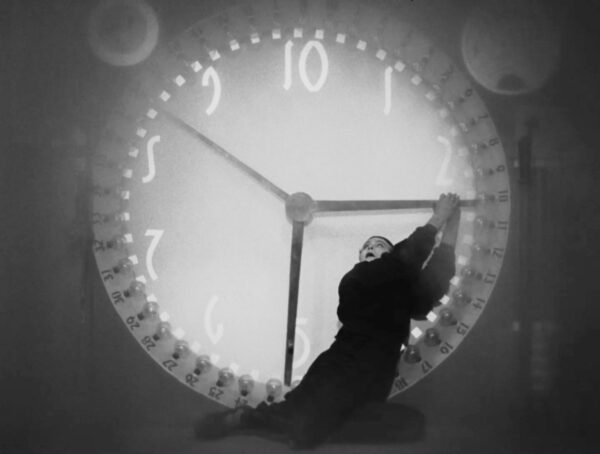
You’ve probably been wondering what on Earth a review of Metropolis is doing on an action movie website. While primarily a sci-fi-drama, this epic has enough action-adventure elements to qualify it for a retrospective on this site. They’re mostly relegated to the final act, but there are a few moments of excitement prior to that, like an accident at the M-Machine and a foot chase through the catacombs. The last third is where most of the mayhem lies, containing a fist fight with an angry mob, a revolt against the machines, a flood in the workers’ city, a witch-hunt, and the cathedral-top brawl I discussed earlier. It’s just one incredible set-piece, one after another, piled on the audience.
Metropolis was the first motion picture included as part of UNESCO’s Memory of the World Register. It has a lofty reputation, but I think that it lives up to it. It may have a slow spot or two, but it still holds up as riveting excitement. Sometimes I wonder if the cinema of the twenty-first century has managed to catch with up some of the innovations found here. It’s old, but this timeless classic still feels like something from another dimension. Watch it!
[THE MORAL OF THE STORY]
“THE MEDIATOR BETWEEN HEAD AND HANDS MUST BE THE HEART!”
[THE AOBG ACTION CHECKLIST]
[ ] Athlete(s) Turned “Actor”
[ ] Clinging To The Outside Of A Moving Vehicle
[ ] Crotch Attack
[ ] Dialogue Telling Us How Bad-Ass The Main Character(s) Is/Ae
[ ] Ending Featuring An Ambulance, A Blanket, Or A Towel
[X] Factory/Warehouse/Castle
[X] Giant Explosions
[ ] Heavy Artillery
[X] Improvised Weapon(s)
[X] Macho Mode(s) Of Transportation
[ ] Main Character Sports Facial Accessory(s)
[X] Manly Embrace(s)
[ ] Notorious Stunt-Man Sighting
[X] Passage(s) Of Time Via Montage
[X] Politically Fueled Plot Points(s)
[X] Senseless Destruction Of Property
[ ] Shoot-Out(s) and/or Sword Fight(s)
[ ] Slow-Motion Finishing Move(s)/Death(s)
[X] Stupid Authoritative Figures
[ ] Substance Usage and/or Abuse
[ ] Torture Sequence(s)
[ ] Unnecessary Sequel
[ ] Vehicle Chase(s)
[ ] Vigilante Justice
[TOTAL: 9 outta 25]
